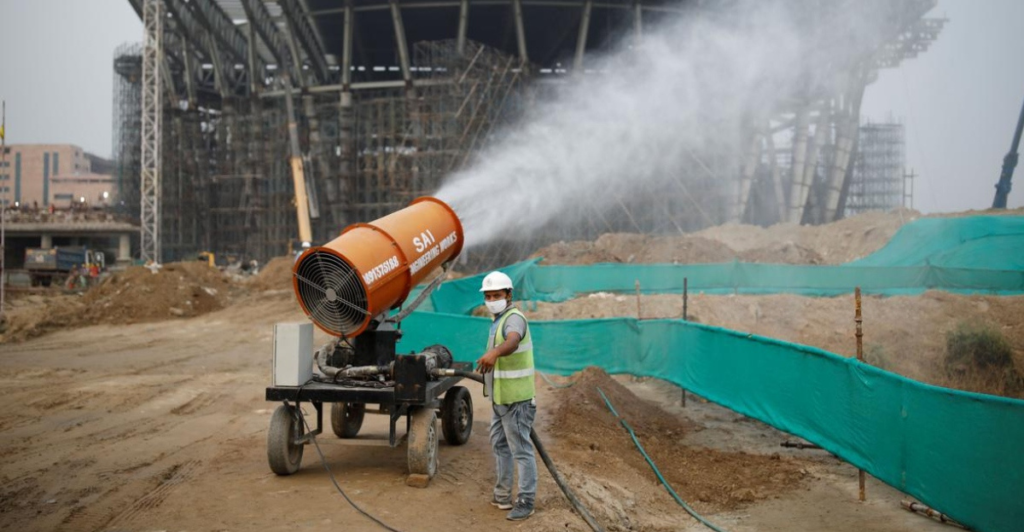
The Environmental Protection Agency (EPA) has pulled the plug on a major program aimed at cutting pollution from construction materials—leaving experts and industry leaders baffled. The now-canceled C-MORE initiative was set to distribute over $150 million in grants to help measure and reduce emissions from materials like concrete, steel, and glass. Critics say the move not only threatens environmental progress but also puts U.S. manufacturers at a competitive disadvantage. So, why was it scrapped—and what does it mean for the future of clean construction?
Construction’s Carbon Footprint—Why It Matters
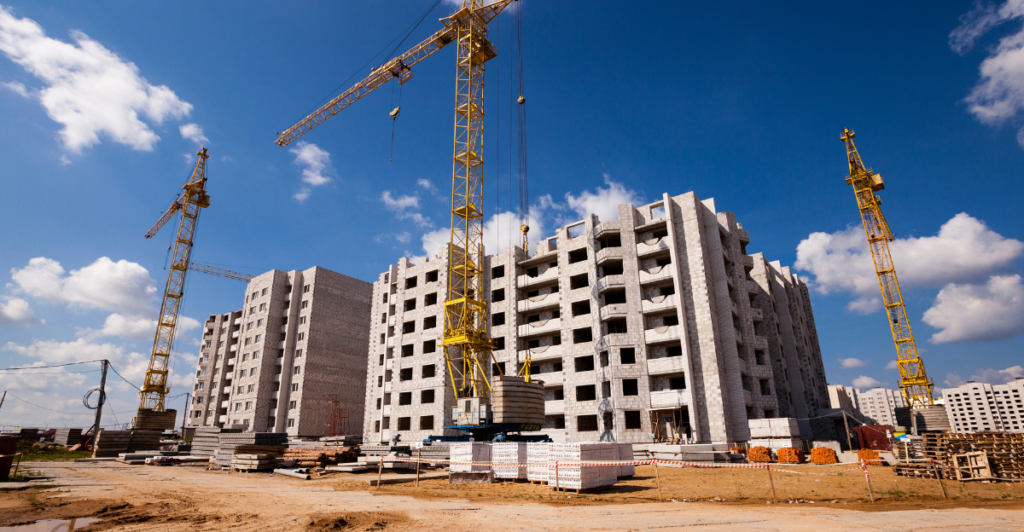
Construction is one of the most carbon-intensive industries, responsible for 11–15% of global greenhouse gas emissions. The production of materials like concrete and steel releases massive amounts of CO₂, contributing to climate change. The EPA had been tracking these emissions to develop regulations and incentives for cleaner alternatives. However, the recent decision to cut a key monitoring program weakens this oversight, making it harder to hold companies accountable.
Without tracking, industries may revert to high-emission practices, delaying progress toward sustainability goals. The move raises pressing questions about transparency, corporate responsibility, and the government’s role in fighting climate change.
If construction emissions continue unchecked, the environmental and economic consequences could be severe, affecting everything from public health to global market competitiveness.
The History of EPA’s Role in Construction Emissions

The EPA has long played a pivotal role in regulating construction emissions. The 1970 Clean Air Act laid the groundwork for controlling air pollution, requiring industries to monitor and report their emissions. Over the decades, additional programs, such as the New Source Review (NSR), enforced pollution controls on new construction projects.
More recently, initiatives like the Buy Clean Program encouraged the use of low-carbon materials by providing incentives and setting environmental standards. The now-canceled C-MORE initiative was part of this broader effort, promising over $150 million in grants to help companies measure and reduce emissions.
By cutting this program, the EPA is reversing decades of progress, leaving gaps in oversight that could slow innovation and increase environmental harm in the long run.
The Economic and Industrial Impact of the Cut
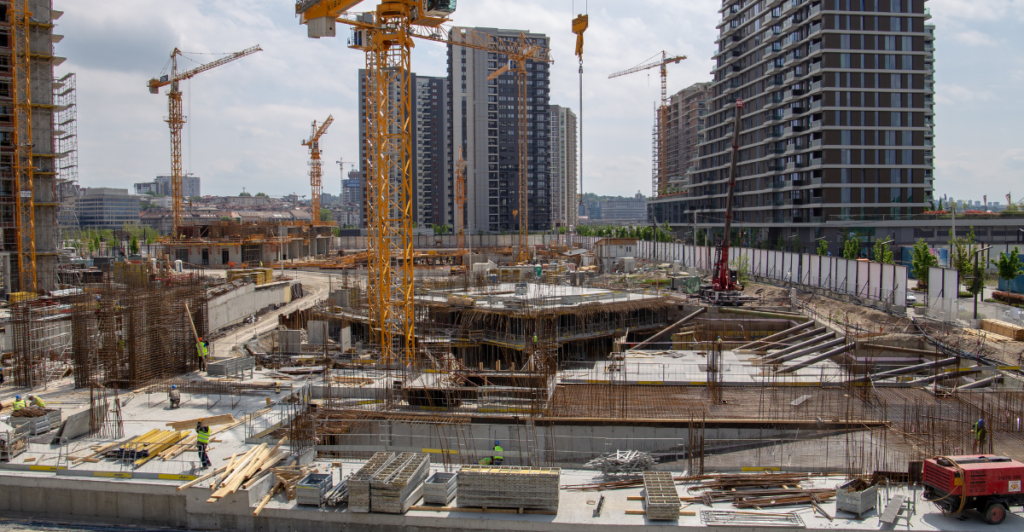
The decision to eliminate emissions tracking will have widespread economic consequences. U.S. manufacturers investing in low-carbon production methods may find themselves at a disadvantage if competitors no longer have to meet the same standards.
Internationally, many countries are tightening their environmental regulations, meaning American construction firms risk losing contracts if they can’t prove sustainability. The move also disrupts businesses that had already adjusted their supply chains to comply with stricter tracking requirements. Without clear standards, companies face uncertainty, making it harder to secure green investments.
In the long run, the policy shift could result in job losses in sustainable construction sectors, weakening America’s position as a leader in eco-friendly building practices while increasing reliance on outdated, polluting methods.
Environmental and Health Consequences
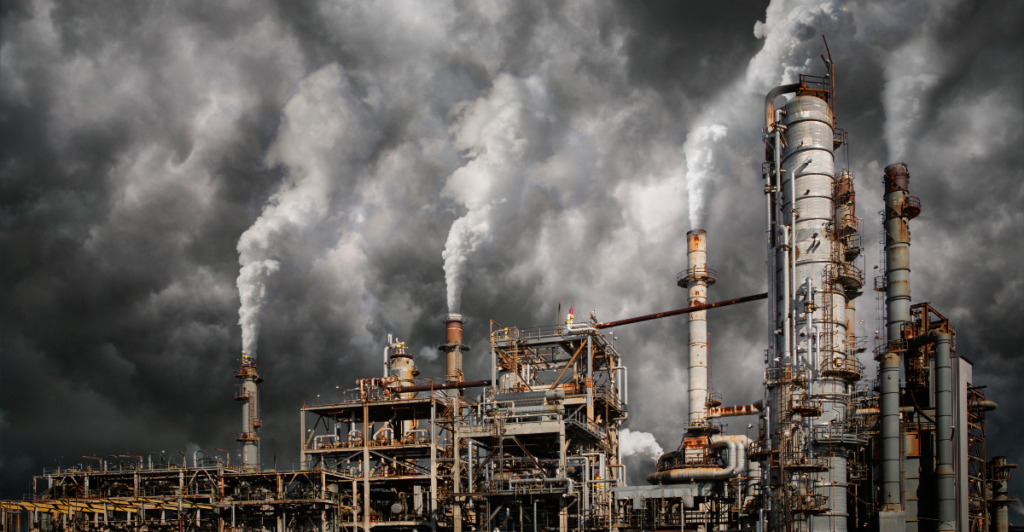
Construction pollution isn’t just an environmental issue—it’s a public health crisis. The materials used in building projects release fine particulate matter and toxins into the air, contributing to respiratory diseases, cardiovascular issues, and other health problems. Low-income communities, often located near construction zones and industrial sites, will bear the brunt of these emissions.
The EPA’s decision to remove tracking programs weakens efforts to limit pollution exposure, particularly in urban areas where air quality is already compromised. Without data on emissions, it becomes harder to implement solutions that protect vulnerable populations.
Over time, increased pollution could drive up healthcare costs and reduce overall life expectancy in affected regions, making the decision to cut tracking not just an environmental setback, but a direct threat to public well-being.
How This Move Affects U.S. Climate Commitments
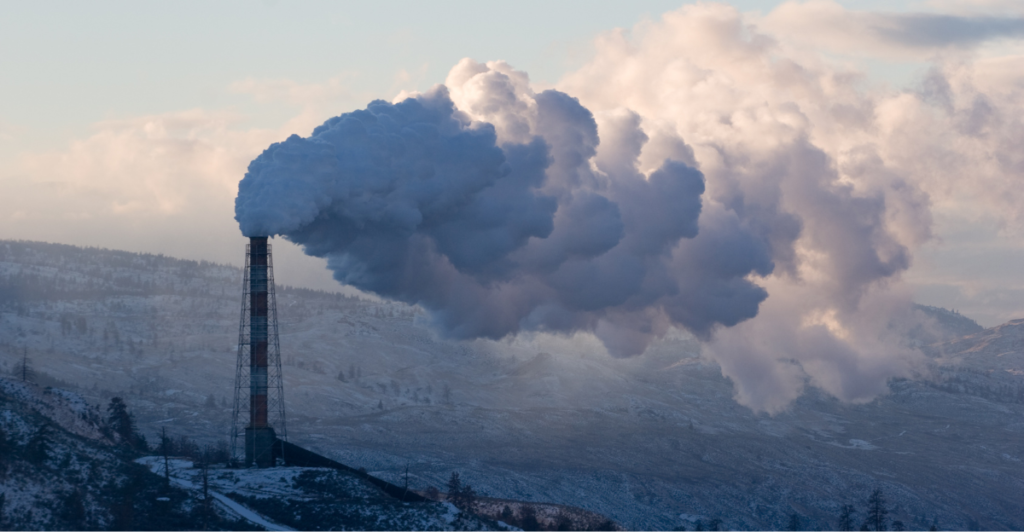
The U.S. has made ambitious promises on the global stage to reduce emissions, including rejoining the Paris Agreement and investing in clean energy initiatives. However, cutting a key program for tracking construction emissions undermines these commitments.
Without robust data collection, it will be nearly impossible to measure progress accurately, making it easier for industries to sidestep responsibility. International partners may view this decision as a step backward, damaging the country’s credibility in climate negotiations.
Additionally, states that rely on federal guidance to enforce their own emissions policies may struggle to maintain consistency. At a time when global warming is accelerating, reducing transparency and accountability in a major polluting industry sends the wrong message and weakens the nation’s ability to lead on climate solutions.
Solutions—How to Reinstate and Improve Tracking

While the EPA’s decision marks a setback, there are ways to fill the gap left by the program’s cancellation. State governments and private organizations can step up to develop independent tracking systems using digital tools like blockchain technology, which can securely and transparently log emissions data.
Expanding federal incentives for sustainable construction practices could encourage industries to continue reducing their carbon footprint despite weakened oversight. Consumer demand for green building materials remains strong, and companies that prioritize sustainability may still thrive in the long run.
Public pressure could also play a role—if enough voices call for stronger emissions tracking, lawmakers may be forced to reinstate or even strengthen the program. The key is ensuring that emissions accountability remains a priority, even without direct EPA oversight.
Innovation Slowdown and Industry Shifts
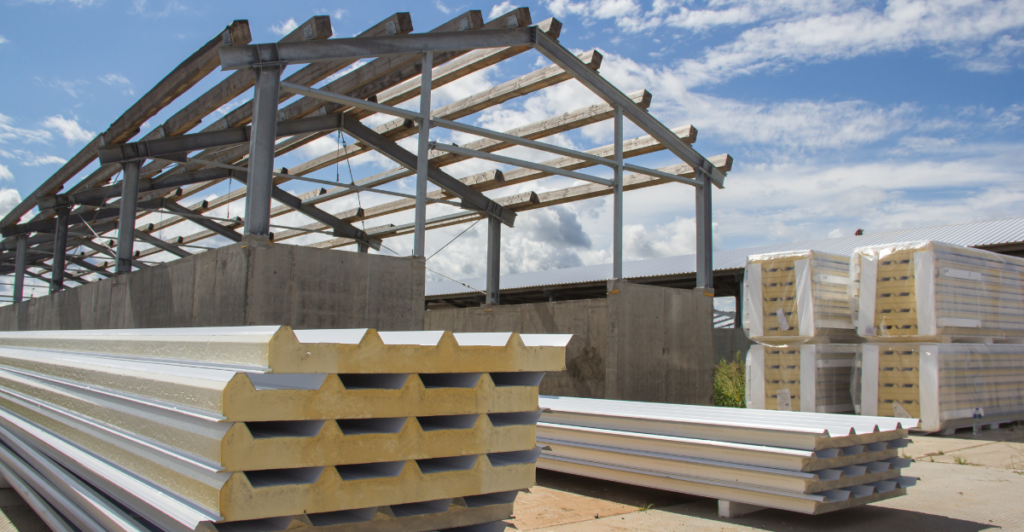
Cutting emissions tracking doesn’t just affect environmental policy—it has ripple effects across multiple industries. One major consequence is the potential slowdown in green innovation. Many companies were investing in low-carbon materials and technologies, partly due to EPA standards. Without those incentives, research and development in sustainable construction could decline, leading to fewer breakthroughs in green building.
Additionally, construction firms that had embraced sustainability may now find it harder to compete with companies that cut costs by using high-emission materials. The change could also impact infrastructure projects funded by federal green initiatives, creating regulatory confusion.
In the long term, this decision could stall progress in sustainable architecture, delaying the transition to net-zero buildings and increasing emissions for decades to come.
Does Deregulation Help Businesses?

Some argue that eliminating emissions tracking could benefit businesses by reducing bureaucracy and lowering costs. Supporters of deregulation claim that EPA rules create unnecessary hurdles, slowing down construction projects and increasing expenses. Without these restrictions, companies could build faster and more efficiently, potentially lowering housing costs.
However, this viewpoint ignores the long-term economic risks. Climate change-related disasters, from hurricanes to wildfires, already cost the U.S. billions annually. Failing to regulate emissions from a major polluting industry could exacerbate these problems, leading to even higher costs down the line.
While short-term economic gains may be possible, the long-term consequences of unchecked construction emissions—including increased disaster recovery expenses and health costs—are likely to outweigh any immediate financial benefits.
The Global Perspective—How Other Countries Are Advancing

While the U.S. scales back emissions tracking, other nations are moving in the opposite direction. The European Union has implemented strict carbon reporting requirements, incentivizing companies to adopt greener building practices.
China, often criticized for its pollution levels, is investing heavily in low-carbon concrete and steel as part of its long-term climate strategy. Countries that prioritize emissions tracking gain a competitive edge in the growing green economy. If the U.S. falls behind in sustainable construction, it risks losing market share to foreign competitors who can offer verified low-emission products.
The shift could also lead to “carbon leakage,” where high-emission industries relocate to countries with weaker regulations, undermining global climate efforts. Instead of leading in sustainable development, the U.S. may find itself struggling to catch up.
The Road Ahead
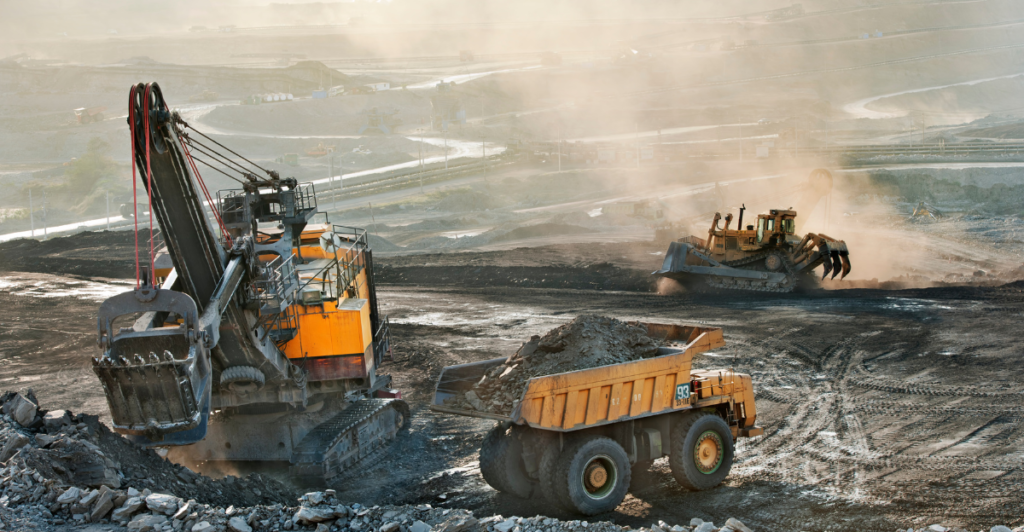
The EPA’s decision to cut emissions tracking is more than a bureaucratic change—it’s a pivotal moment that could shape the future of sustainable construction in the U.S. While deregulation may provide short-term relief for some businesses, the long-term costs—environmental degradation, health risks, and economic setbacks—are significant.
Without strong accountability measures, the construction industry risks backsliding into outdated, high-emission practices, making it harder to meet climate goals. However, all hope is not lost. State-level policies, private sector innovation, and public advocacy can help fill the gap.
The key question now is whether the U.S. will double down on sustainability or allow deregulation to weaken progress. The future of clean construction hangs in the balance.
Explore more of our trending stories and hit Follow to keep them coming to your feed!

Don’t miss out on more stories like this! Hit the Follow button at the top of this article to stay updated with the latest news. Share your thoughts in the comments—we’d love to hear from you!







